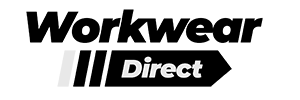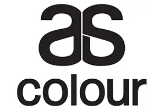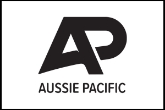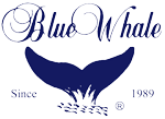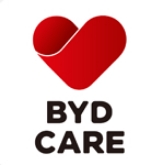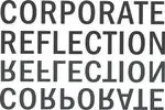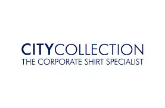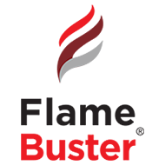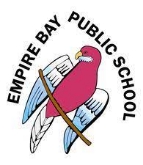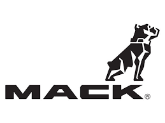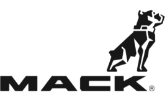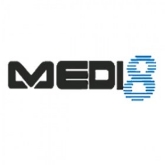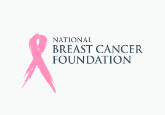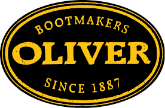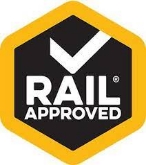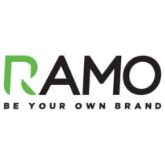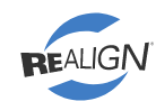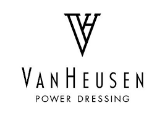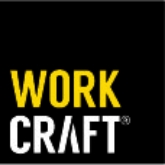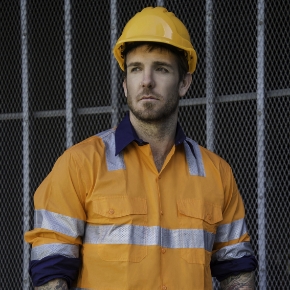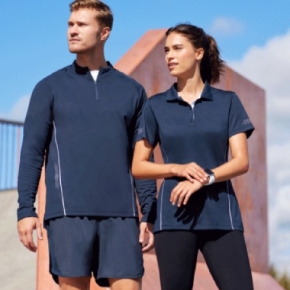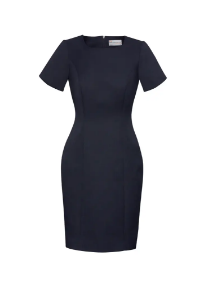
In the dynamic landscape of Australian corporate culture, the definition of standard corporate uniforms is not a one-size-fits-all concept. Different industries carve their unique paths, setting specific specifications and guidelines for corporate attire. Let's delve into the intricate details that shape the corporate wardrobe across diverse sectors.
Understanding the Core Principles:
Formality vs. Casualty: The level of formality varies significantly between industries. While finance and law tend to lean towards formal business attire, creative sectors often embrace a more casual approach.
Color Palette Significance: Colors play a crucial role in corporate uniforms. Conservative colors like navy, black, and gray are predominant in traditional industries, conveying professionalism. Meanwhile, vibrant hues find their place in creative and tech-centric fields, expressing innovation and energy.
Fabric Matters: Comfort meets professionalism as the choice of fabric becomes pivotal. Breathable fabrics like cotton and blends may be favored in more casual settings, while high-quality, wrinkle-resistant materials dominate the formal landscape.
Industry-Specific Nuances: From medical scrubs to the distinctive uniforms of airline crews, each industry comes with its set of unique requirements. Understanding these nuances ensures employees align with both professional standards and industry-specific needs.
Corporate Uniforms in Different Sectors:
Finance and Law:
Men's Attire: Tailored suits in dark colors, crisp dress shirts, and conservative ties.
Women's Attire: Formal business suits or dresses in neutral tones, complemented by minimal accessories.
Technology and Startups:
Men's Attire: Smart casual dominates with collared shirts, chinos, and comfortable loafers.
Women's Attire: Blouses paired with tailored pants or skirts, reflecting a blend of professionalism and innovation.
Healthcare:
Scrubs: Sterile, comfortable scrubs for medical professionals, often color-coded by department.
Lab Coats: Essential for those working in laboratories, emphasizing cleanliness and safety.
Hospitality:
Waitstaff: Uniforms reflecting the establishment's theme, often including branded shirts, aprons, and comfortable footwear.
Chef Uniforms: Traditional chef coats and hats for a polished, hygienic appearance.
Aviation:
Pilots: Crisp, well-tailored uniforms reflecting authority and precision.
Cabin Crew: Distinctive uniforms combining style and functionality, often designed by renowned fashion houses.
Compliance and Guidelines:
Branding Consistency: Many corporations enforce strict guidelines to maintain brand consistency. This includes specific color codes, logo placements, and overall aesthetics to uphold a unified corporate image.
Adaptability: With the rise of flexible work environments, corporate uniforms are evolving to accommodate remote and hybrid settings. This might involve incorporating branded casual wear or providing guidelines for video conferences.
Safety Standards: Industries with inherent safety risks, such as construction or manufacturing, prioritize uniforms that meet stringent safety standards. This includes high-visibility clothing, steel-toed boots, and other protective gear.
Sources and Industry Insights:
To craft this comprehensive understanding, insights were drawn from industry reports, corporate guidelines, and interviews with HR professionals. Noteworthy sources include publications like "Corporate Dress Codes in Australia" and industry-specific forums such as "Australian Business Attire Insights."
